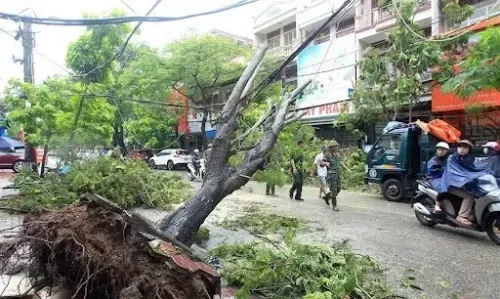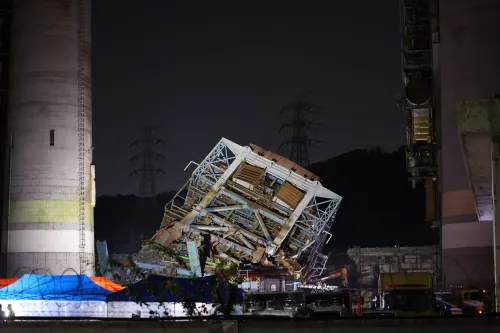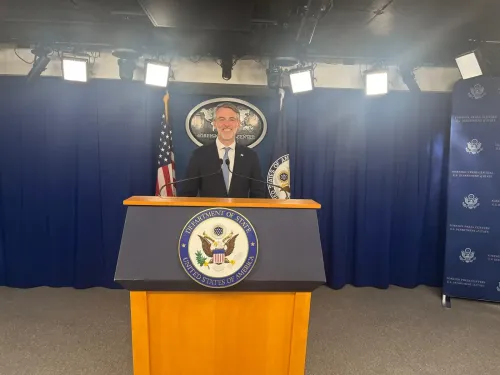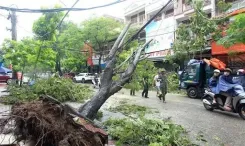Why is the Philippines Condemning China's Disinformation on Sandy Cay?
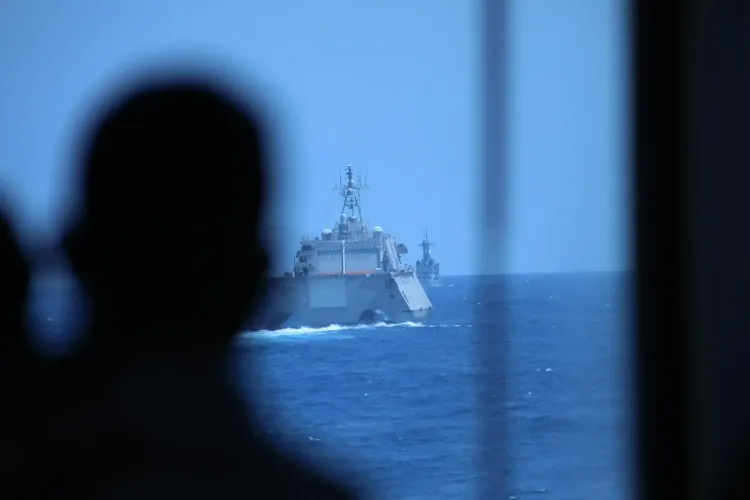
Synopsis
Key Takeaways
- The Philippines asserts that Sandy Cay is a crucial part of its territory.
- Disinformation campaigns by China aim to mislead both citizens and the international community.
- Environmental degradation is a significant concern due to Chinese activities.
- The Philippines is committed to peaceful dispute resolution.
- Maintaining sovereignty and protecting marine resources is a priority.
Manila, May 3 (NationPress) The Philippines has strongly criticized China for engaging in disinformation campaigns regarding Sandy Cay, underlining that this area is a vital part of its territory.
The National Maritime Council (NMC) stated, "The purported takeover of Pag-asa Cay 2 (Sandy Cay), which is an essential section of the Philippine national territory in the West Philippine Sea, exemplifies the disinformation tactics employed by the Chinese government. They attempt to portray their control over the cay by hoisting their flag and conducting waste collection activities."
Furthermore, the NMC accused the Chinese government, via its state-run media, of spreading misleading information to confuse both its citizens and the international community about the ongoing illegality of its actions in the West Philippine Sea.
"The Philippines is resolute in safeguarding its extensive maritime domain and will not waver in countering false claims that undermine the nation's lawful exercise of its sovereignty, sovereign rights, and jurisdiction," the NMC remarked.
The maritime council also pointed fingers at China for the environmental degradation around Pag-asa Island and its cays. They noted that the persistent illegal presence of Chinese vessels in this region, along with the adverse effects of China’s extensive artificial island construction at Zamora Reef (Subi Reef)—a low-tide elevation part of the territorial sea of Pag-asa Island and its cays—has inflicted significant environmental harm, as reported by the state media, Philippine News Agency (PNA).
"The Philippines will consistently seek peaceful resolutions to disputes and will adopt constructive methods to manage differences while continuing its lawful and routine activities in the West Philippine Sea, in accordance with its maritime entitlements under international law," stated the NMC.
The Philippines asserts that Sandy Cay lies within its Exclusive Economic Zone (EEZ), while China claims the maritime feature, referring to it as Tiexian Jiao.
Recently, in response to China's assertions, the Philippine Navy, Philippine Coast Guard, and Philippine National Police-Maritime Group conducted a routine inspection of Sandy Cay and the coastal waters surrounding Cay 1 and Cay 3, according to the PNA.
Earlier this week, the Philippines denounced the recent Chinese actions in the vicinity of Sandy Cay, reiterating that this area is an integral part of Philippine territory and that no Chinese provocations will alter this fact.
Reports indicate that Chinese personnel have raised their flag and conducted inspections on Sandy Cay.
Speaker of the House of Representatives in the Philippines, Romualdez, described the Chinese actions as "desperate and cheap stunts" intended to mislead and strengthen illegitimate claims.
"I urge China to stop these reckless provocations, respect international law, and cease these cheap theatrics," he added.
Chinese activities in the South China Sea have become a growing concern for many Southeast Asian nations, including the Philippines.
China asserts extensive claims of sovereignty over the South China Sea, which is rich in untapped natural resources like oil and natural gas. The relationship between the Philippines and China has deteriorated due to Beijing's increasing assertiveness in the South China Sea.

